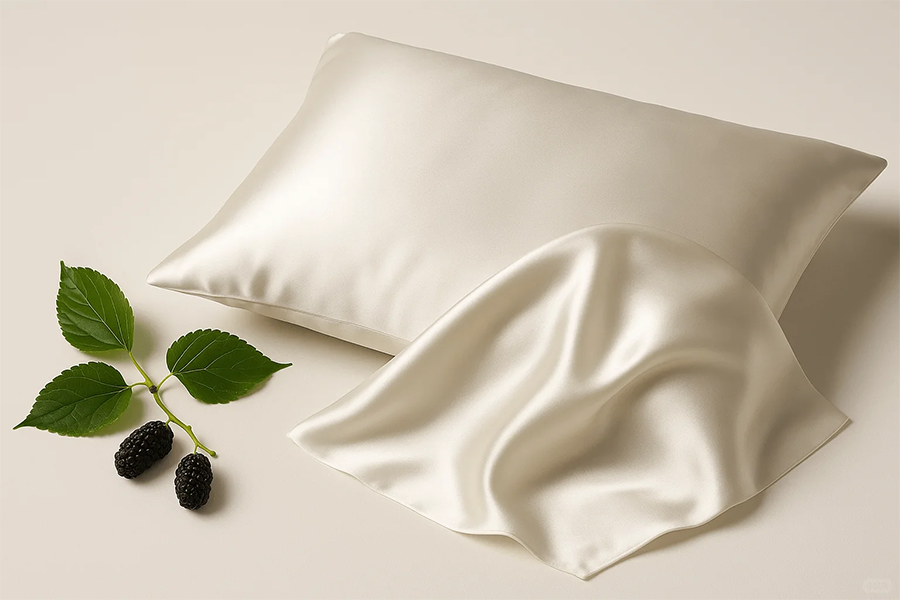When it comes to skincare, we often focus on cleansers, serums, and moisturizers. But what if the real culprit behind your persistent breakouts isn’t your skincare routine—but your pillow? Many dermatologists now point to pillows and pillowcases as hidden triggers for acne, clogged pores, and skin irritation.
How Your Pillow Affects Your Skin
1. Oil and Bacteria Build-Up
Every night, your pillow absorbs natural oils, sweat, and residue from hair products. Over time, this creates a breeding ground for bacteria, which transfers back to your skin.
👉 Expert Insight: Dr. Laura Chen, a board-certified dermatologist, explains:
“Dirty pillowcases can harbor more bacteria than a toilet seat. If you struggle with acne, washing your pillowcases twice a week can make a significant difference.”
📊 Research Spotlight: According to a 2022 survey by the National Sleep Foundation, 43% of people admitted they wash their pillowcases less than once every two weeks. Dermatologists warn this habit significantly increases acne risk.
2. Pillow Materials and Their Role
Not all pillowcases are created equal. Cotton, for example, absorbs oil and moisture, which may worsen acne. On the other hand, silk and satin pillowcases are smoother and less absorbent, reducing friction and skin irritation.
3. Pressure and Friction
If you’re a side sleeper, your face is in constant contact with your pillow. This friction can cause mechanical irritation—sometimes called “acne mechanica”—which leads to redness, clogged pores, and breakouts.
Real-Life Case Study
Emily, a 29-year-old marketing professional, battled cheek acne for years. Despite expensive skincare, nothing worked—until she switched to a silk pillowcase and washed it twice weekly. Within two months, her breakouts noticeably decreased.
Practical Tips for Clearer Skin
-
Wash pillowcases at least twice a week.
-
Replace pillows every 1–2 years to prevent bacteria buildup.
-
Opt for silk or satin pillowcases to reduce friction.
-
Avoid sleeping with heavy hair products that can transfer to your pillow.
Frequently Asked Questions (FAQ)
Q: How often should I replace my pillow?
A: Ideally every 1–2 years. Over time, pillows accumulate oils, dust mites, and bacteria that can trigger breakouts.
Q: Are silk pillowcases really better for acne?
A: Yes. Silk and satin reduce friction, helping minimize irritation and potential breakouts.
Q: Can memory foam pillows cause skin problems?
A: Memory foam itself isn’t harmful, but if not cleaned regularly, it can trap heat and sweat, creating an environment for bacteria.
Q: Is it necessary to use a pillow protector?
A: Absolutely. A pillow protector acts as a barrier against oils, allergens, and bacteria, making your sleep environment cleaner.
Final Thoughts
Your skincare routine doesn’t end at the bathroom sink—it extends to where you rest your head each night. By choosing the right pillow and keeping it clean, you can significantly improve your skin health.
👉 Discover dermatologist-recommended pillows and pillowcases designed for healthier skin. Explore our collection today.



